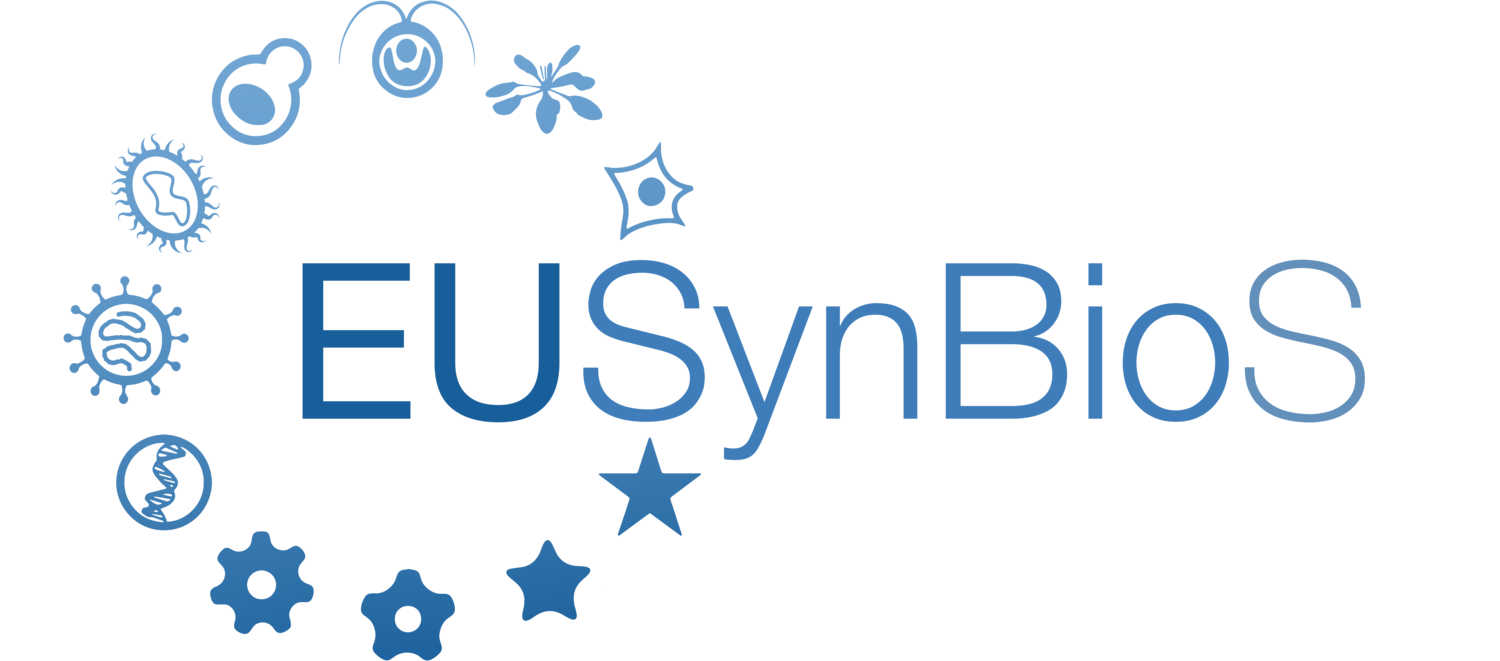How can Synbio innovation become more responsible?
Some thoughts on an intellectual property rights (IPR) framework that can/should be applied in Synthetic Biology.
This year’s iGEM Giant Jamboree, the grand finale of the synthetic biology (Synbio) competition is almost upon us. Undergraduate students (IGEMmers) run a project, take care of the funding and the outreach, and often produce publications. Last year, the Valencia Biocampus team presented their project on IPR. An opinion article by H. König and two of the Valencia team’s members was recently published in EMBO reports, where they discuss the IPR frame of Synbio and the concept of responsible research and innovation (RRI). This is a good opportunity to reflect upon these societal aspects of Synbio, a discipline that is by definition characterized by innovation and applicability.
Source: Patent Or : Photo by BusinessSarah on Flickr
According to the article, the typical criteria for patentability are novelty, inventive step, and industrial application. What the authors propose is that an index of “responsibility” should be added. RRI means that the IPR of inventions should be handled in a way that safeguards the future of the scientific and innovative field. This definition is rather generic and vague. The authors therefore go deeper into more specific cases that more suit Synbio.
Patents are a common way individuals and organizations protect their intellectual property. A patent provides the owner with exclusive rights for commercial use. It can greatly facilitate the commercialization of an idea by reducing the competition, while strong patents are often a prerequisite for investors to commit to a project.No IPR protection acts as a discouraging factor for both stakeholders and inventors. On the other hand, generic and wide patents have been found to be damaging for the development of a specific field. They reduce the innovation that derives from free and extensive interaction and they create hindrances and uncertainties for any incremental development.
What is often forgotten is the fact that patents are not the only way to distribute and protect intellectual property. There are various forms of licensing that can be applied, covering various degrees of commercial and non-commercial use of intellectual property. I could try to elaborate more on the different legal options that exist and which data is owned by whom; however this has been expertly done in a recent perspective by M. Carroll in Plos Biology, so I will refer readers to that. Some examples of flexible IPR from the biotech industry are the anti-HIV drug stavudine and the antimalarial compound artemisinin, both of which include a licensing policy that allows non-profit production to developing countries.
Source: 917press on Flickr
In an ideal world, every invention would be assessed using RRI principles and would be attributed to the appropriate IPR scheme. There are no generic rules, but in some cases discoveries need to disengage from profitability in order to promote science and development. Synbio relies on the free exchange of parts, which are to be combined in novel ways. Open access software, data sharing, and open collaborations are in my opinion the driving forces behind the biotechnology boom we are experiencing at this point. They allowing researchers from different education backgrounds and from laboratories with diverse financial capabilities to retrieve information and innovate freely. Patents of course have their place in the Synbio world. In biomedical research, for example, where clinical trials are time-consuming and money-draining, the promise of an extended time frame of exclusive rights can be a strong incentive for costly research to be funded and carried out.
In all cases, RRI should be used as a shaping and not as a preventive tool, taking into account the scientific and societal benefits of a novel practice and guiding the inventors towards the most proper IPR protection option. The iGEM competition can be an ideal setting for IPR experimentation, as it combines the free part exchange with flexible options for patenting and licensing. In that context, iGEM teams can implore RRI considerations in their work and provide their usual innovative touch in the (perceived as by many) grim IPR landscape.
Written by:
Konstantinos Vavitsas
96Normal0falsefalsefalseEN-USJAX-NONE/* Style Definitions */table.MsoNormalTable{mso-style-name:"Table Normal";mso-tstyle-rowband-size:0;mso-tstyle-colband-size:0;mso-style-noshow:yes;mso-style-priority:99;mso-style-parent:"";mso-padding-alt:0cm 5.4pt 0cm 5.4pt;mso-para-margin:0cm;mso-para-margin-bottom:.0001pt;mso-pagination:widow-orphan;font-size:12.0pt;font-family:Calibri;mso-ascii-font-family:Calibri;mso-ascii-theme-font:minor-latin;mso-hansi-font-family:Calibri;mso-hansi-theme-font:minor-latin;}
Konstantinos is a PhD student at the Copenhagen Plant Science Centre, University of Copenhagen, working on the photosynthetic production of high-value compounds (Plant Power project). Follow him on Twitter @konvavitsas.
Edited by: Devang Mehta
Disclaimer: Views and opinions expressed in EUSynBioS Pulse articles belong solely to the writer(s). They do not reflect the opinion of the Community, the Advisory Board or the Steering Committee


